Social Media Forces an Alternate Reality for the Future's Generation
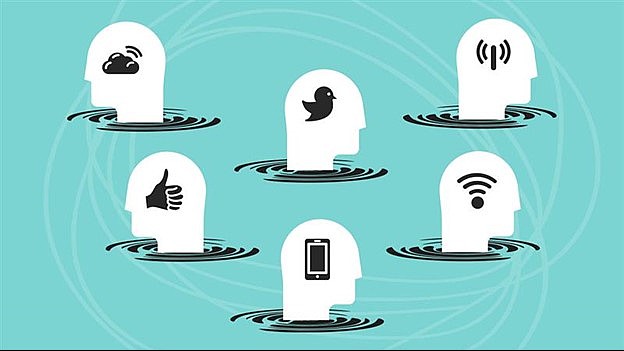
When social networking titan Facebook emerged to the scene back in 2004, no one predicted the global and social overtake of what soon became a digital and societal phenomenon. The impact this company had on a worldwide scale presented to other social networking companies, such as Twitter, Snapchat, and LinkedIn, the needed means to flourish along the way, and deliver the needed means to create an alternate reality.
Deemed the King of Social Media, Facebook hit its one billion monthly active user mark in 2012, and with that came the primal ascend to power of these platforms. Fast forward to 2019, the Big Tech giant’s three owned networking platforms, Instagram, Messenger, and WhatsApp, took the lead as the year’s most downloaded applications.
From there, the social dynamic between people was significantly altered. These platforms delivered to individuals the option of building connections from the comfort of their devices, resulting in a fundamental reshaping of social interactions between people.
“Social media connects almost half of the entire global population. It enables people to make their voices heard and talk to people across the world in real-time. However, it also reinforced prejudices and sowed discord, by giving hate speech and misinformation a platform, or by amplifying echo chambers,” according to the United Nations’ report.
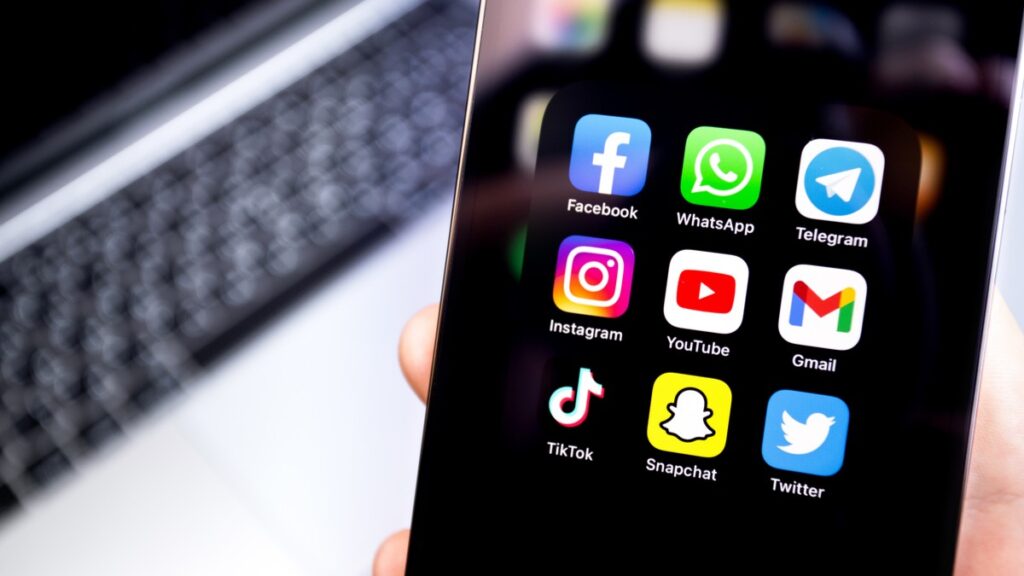
Technology is well on its way to changing the social structure of communities. For example, anyone who grew up with the emergence of digital development has experienced a subliminal restructure of their cerebral behavior and societal interactions.
And this is only the tip of the iceberg.
The increased devotion towards social media has left the world in a simultaneous state of dysfunction and intertwine. If we take a deeper look into what lies behind our smart devices and computers, we will find war is on the rise.
Not a violent one, but a dangerous one, nonetheless. The race to obtain users’ attention is what drives these companies to reach a higher level of success, and said attention, fuels their platforms. Their structured business model places the viewer as the product, rather than the consumer.
And what sustains this model? The humanitarian aspect of our psyche.
By observing human habits, some of the leading social media companies, such as Facebook and its sister platforms, alongside Twitter, and others, managed to weaponize our minds against us to sustain the subliminal addiction to social media by turning to industrial psychology to obtain their desired means.
Using psychology to manipulate the scenario to their benefit seems critically unfair, especially since we, as “consumers” are far from being aware of the detrimental effect this holds on our growth as people and societies.
As adults, this abuse and ethical breach of our rights may not hold the same damaging outcomes, as much as it has on kids.

Let’s draw a mental image for a second of a teenager, laying on their bed, scrolling through one of these platforms. Let’s choose Instagram for this specific case – given that adults’ usage of this networking platform varies than that of teens.
According to researchers at the College of IST, their research highlighted “that teens have a much higher level of self-disclosure on the internet.” Yet, what does this mean?
First, let us take it by the one thing that doesn’t deceive. The numbers.
More than 90 percent of Instagram users are less than 35 years old, with teens’ age margins ranging between 13 and 19 years old. Teenagers were found to post more photos of their lives than adults. This can be driven by two hypotheses: they have a limited resource to explore the outside world, contrary to adults. Or Instagram might be triggering subliminal psychological issues stopping them from highlighting a certain aspect of their lives, according to the College of IST.
Teens who grew up with the endless characteristics the internet provides us are heavily influenced by both the positive and negative effects of social media.
These platforms influence diversified segments, especially a brain that is still in its growing phase. Instagram and similar networking platforms lead to activation of brain circuity implicated in reward. It is deceptively connected to the experience of receiving likes and positive feedback via this platform.
In the absence of such reciprocal behavior through likes and positive comments on the child’s profile, this could lead to high risks of self-isolation, unhappiness, vulnerability, and feeling unaccepted by society.
“There could be many reasons a teenager would become depressed, anxious, or experience social phobias while using social media. In addition, there are just as many reasons why social media is enticing to a teen with an existing mental health issue,” Director of Clinical Outreach at Newport Academy, Kristen Wilson elaborated.
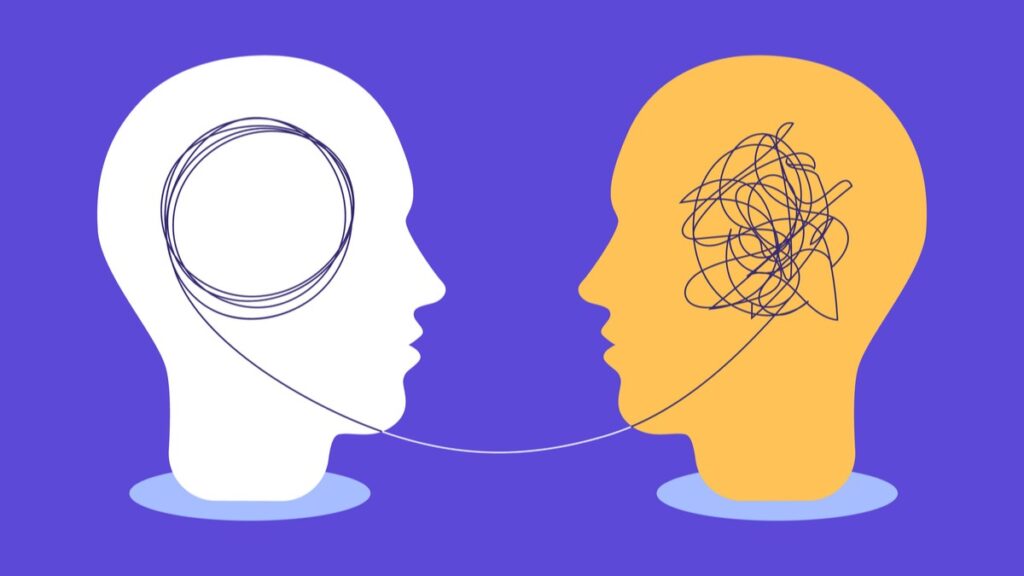
Numbers revealed that 92 percent of teens go online daily, with 24 expressing they go online almost constantly. This gave birth to an ambiguous correlation between the use of social media and how they feel.
Teenage participants who constantly check Instagram, and other social media platforms, experienced a much higher rate of depressive tendencies or feelings of loneliness than those who do not check these platforms.
In reality, frequent use of social media rewires the development of teens’ brains to endlessly seek gratification. And from here, we go back to the previously highlighted correlation between social media and brain wirings.
For a developing adolescent brain, being accepted on these platforms triggers activation in certain brain regions, similar to that of receiving money or any pleasantry. It is crucial to highlight that the brain is not biologically wired to receive positive feedback for any significant or insignificant act every couple of hours, or in social media’s instance, every minute. So, you can pin-point from there the heavy effect these platforms have on a developing brain.
This act on its own restructures the wiring of an adult brain, and for an adolescent one, the effect is certainly damaging. While these scenarios are hypothetical, one cannot deny that they are factual.
Social media is not an apparatus just lying there waiting to be used. On the contrary, the tool is already being used, and it is fulfilling its purpose to the highest levels. And how is that happening? By abusing your own psychology against you.
As adults, we are aware that this tool is causing problems because we were raised in a much more different state of mind, driven by different sociological and psychological circumstances. But for teenagers, these tools are the reality they grew up with, it’s the norm. And for that reason, they are more captivated by social media.
If a parent goes to their teenage child’s phone and tracks back their application usage, they will discover that the most used application is not an educational one, nor a gaming one. They will uncover that it’s one of the big-league social media platforms.
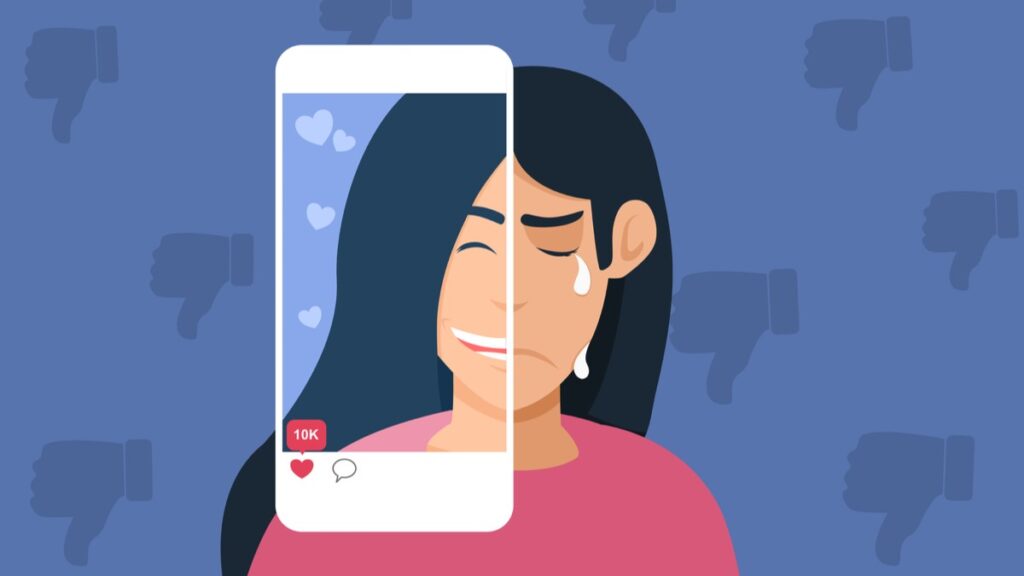
If it’s not Facebook, then it’s Instagram. If not Instagram, it’s Twitter or any other platform from the same family tree. Whatever it is, the factual aspect remains that it’s a social networking one. This alone projects the heavy reliance this young demographic has on these platforms, and this all could be traced back to the interchangeable brain wiring previously mentioned.
Let’s take for instance these platform’s model design, and the fundamental role marketing communication plays in leveraging users’ attention to their benefit. Instagram for example, delivered users with a bundle of what appeared like futuristic characteristics – in its early stages when it was released to the public in 2010.
Instagram took the world by a swift, and its popularity has been on an exponential rise since then, especially with teens. And all this can be attributed to its product design model. The cultural overtake of one platform changed the societal dynamic for this growing generation.
“You see landscapes, physical places, people, changing and altering themselves to be Instagrammable – to register a tinkle of attention,” according to a digital anthropologist at Curtin University, Dr. Crystal Abidin.
Instagram’s product design model is directed towards the volume of likes and comments – which is all associated with the positive feedback that pumps dopamine into the system – a hormone associated with pleasurable sensations.
The only thing companies such as Instagram will never publicize, is the psychological drawbacks of social media use that have attracted more attention in the past couple of years, with parents and ethical advocates highlighting an increase in anxiety and social isolation with teens.
The design model is based on three essential pillars, changing users’ behavior, altering their conceptualization, and transforming their personality. All these are directed to one purpose: presenting a forced and altered reality of the world, to keep users hooked.
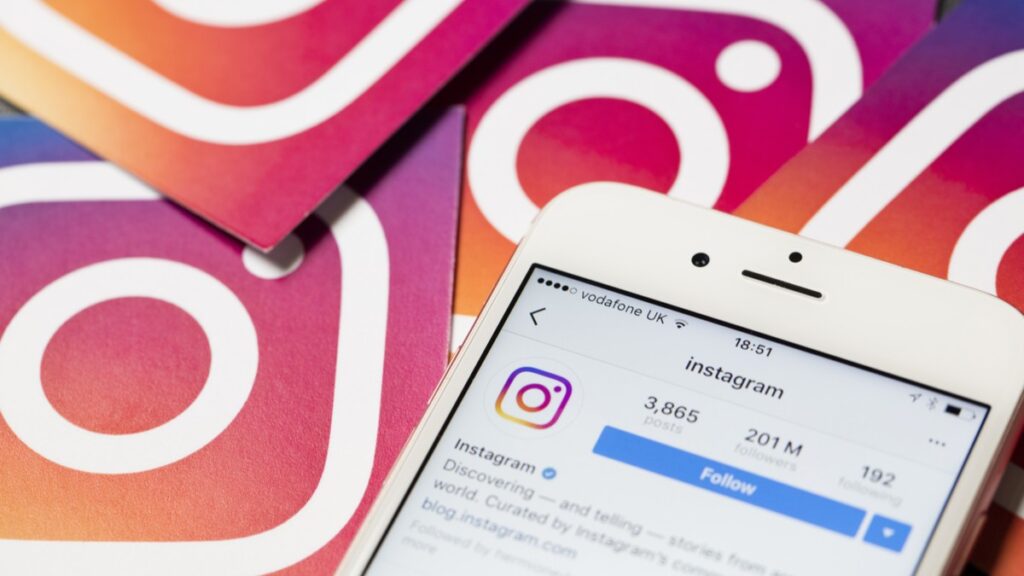
While people are perceived as the ultimate social animals, such platforms have put us face-to-face with “social” technology that is pushing us further away from each other, by replacing the craved assurance of human interaction through these applications’ features, altering our interpretation of our humanness.
This gives birth to one cardinal hypothesis: Is digital innovation creating new boundaries for humanoid interactions?
The answer is quite simple: Yes and no.
Twelve years after its emergence, the internet has managed to sustain its stance by proving itself to be a powerhouse on the path of digital development, with the emergence of companies such as, Meta Inc. – formerly Facebook – and other social networking platforms.
The main, if not the only reason, allowing these platforms to abuse their power leading to exponential diminish of human interaction is the fact that they have the upper hand in controlling their effect on users, specifically upcoming generations.
This segment of societal entities did not feel the pressure that comes from being forced to adapt to social norms, where they are physically disconnected from the world yet immensely connected at the same time.
Nowadays, teens do not feel the need to have a physical interaction with each other, given that the overtake of social networking platforms created some form of toxic adaptability of accepting humane remoteness.
As undeniable as it is, our day and age’s digital technology paved the way for accepting the substitution of human interaction with a technological one, be it with others, or ourselves. While some people are comfortable living an entire life without using any digital devices, the same cannot be said for much of the global population, especially the rising generation of the future.
Inside Telecom provides you with an extensive list of content covering all aspects of the tech industry. Keep an eye on our Ethical Tech section to stay informed and up-to-date with our daily articles.
